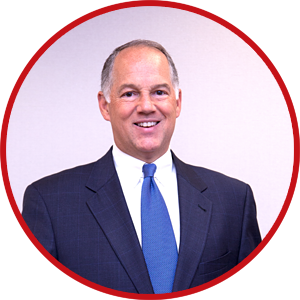
Microsoft (NASDAQ: MSFT) is an impressive company with a proud history. Although their headquarters is at One Microsoft Way, the company was notorious for its silos.
The Microsoft case is a great lesson on importance of leadership style.
In July 2013, Microsoft CEO Steve Ballmer announced a company-wide reorganization called "One Microsoft.” The plan was developed during a meeting at a Starbucks with Alan Mulally, who was still the CEO of Ford at that time.
Here is how Ballmer tried to sell the idea, "All of this means that we need to move forward as one Microsoft with one strategy and one set of goals. We’ll have one approach to the marketplace, whether it’s business partners, innovation partners, developers, IT people, or consumers. We’ll have one technology base to enable us in core areas as opposed to two or more. We’re one Microsoft.”
Clearly, Ballmer was highly influenced by the success of Mulally’s ONE FORD plan. But it was too little, too late. Six weeks later, Ballmer announced his resignation.
Satya Nadella became the CEO of Microsoft in February 2014. He decided to give the One Microsoft idea another try.
Here is how he sold the vision. “We are one company, one Microsoft—not a confederation of fiefdoms. Innovation and competition don’t respect our silos, so we have to learn to transcend those barriers. It’s our ability to work together that makes our dreams believable and, ultimately, achievable.”
By all accounts, Nadella is succeeding where Ballmer failed. The stock has more than tripled during his tenure so far.
Why?
When it comes to creating alignment, leadership style really matters. Nadella’s collaborative style, his inspiring personal story, and his deep credibility within Microsoft were keys to his success.
There are hundreds of books on leading change—but alignment is a special type of change and therefore requires a special style of leadership.
You lead change, but you inspire alignment.
Many of the exemplar companies we studied are also Best Places to Work winners. These companies are led by servant leaders. These servant leaders create environments where people align because they want to, not because they were forced to.
When I went to work at IBM in 1979, wearing a white shirt to work was essentially mandatory. Even though it was not a formal written policy, it was a key component of their culture and brand identity.
I loved IBM. I loved what it stood for. I was proud to work there. My parents were proud that I worked there.
I wore blue suits, white shirts, and “Captain America” ties to work every day because I wanted to, not because I had to.
In our exemplar companies, people enthusiastically and willingly align. They recognize that the standards are set to help them reach a higher ground, not just to force conformity to some ill-conceived program from corporate.
Ultimately, people align because they are inspired, not because it is required.
Note: This is an excerpt from my latest book, Drive One Direction.

